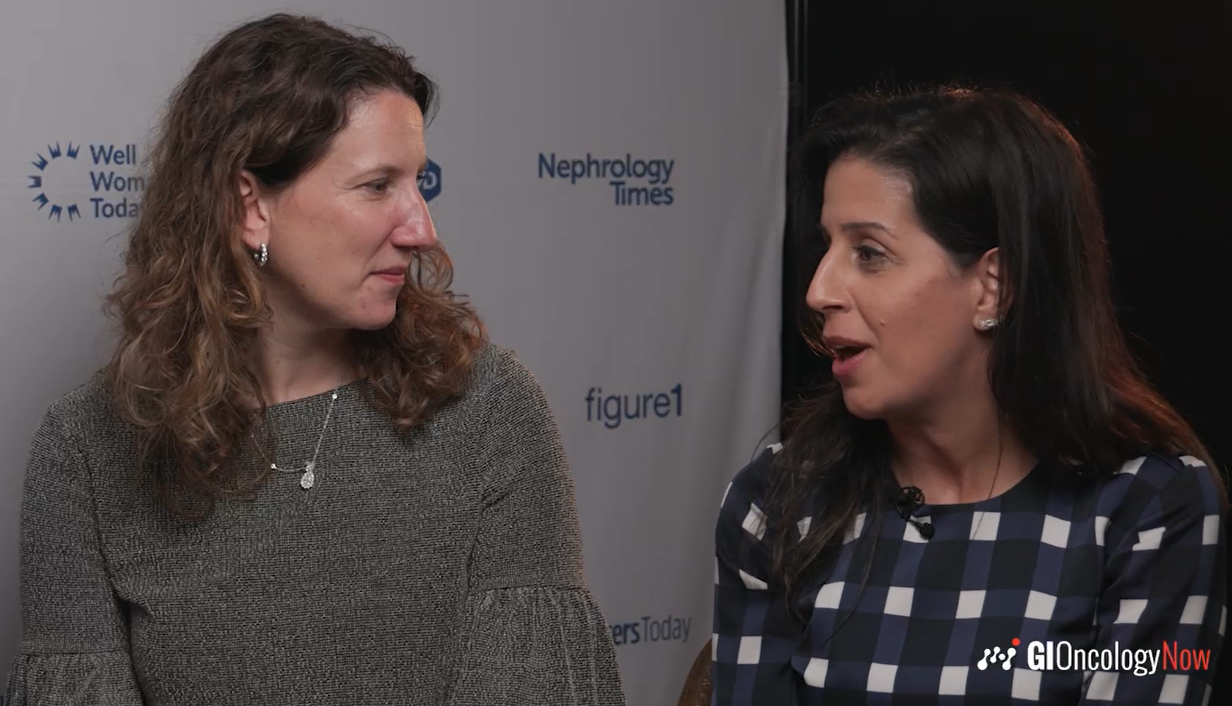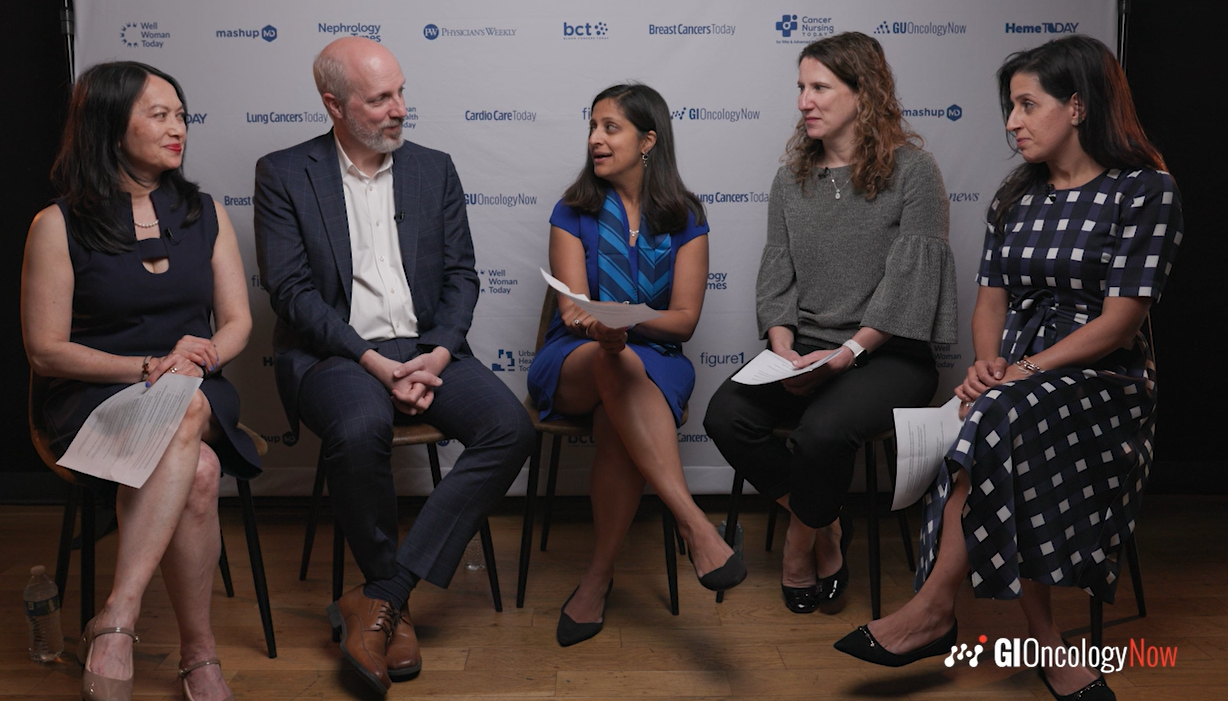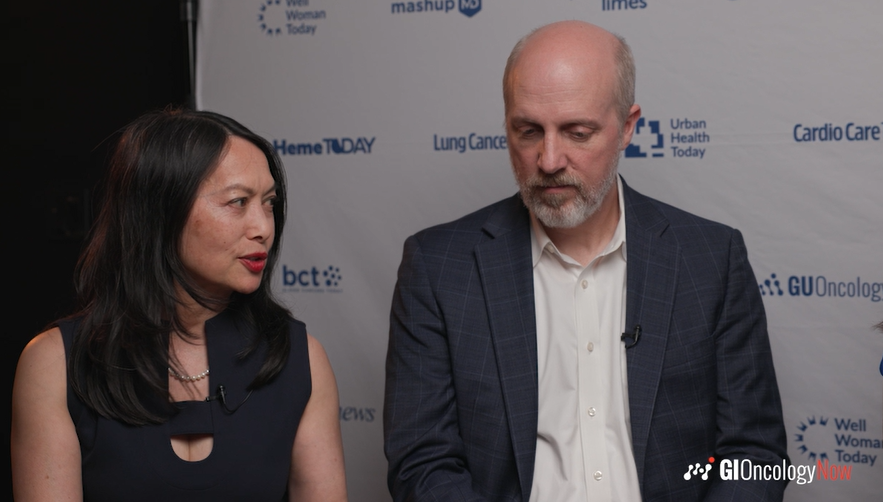
The SPOTLIGHT and GLOW clinical trials have led to the US Food and Drug Administration approval of zolbetuximab-clzb with chemotherapy as a first-line treatment for patients with locally advanced unresectable or metastatic human epidermal growth factor receptor 2 (HER2)-negative gastric or gastroesophageal junction (GEJ) adenocarcinoma with CLDN18.2-positive tumors.
Both of the double-blind, multicenter trials evaluated the major efficacy outcome of progression-free survival (PFS), and the additional outcome measure of overall survival (OS).
A total of 565 patients were enrolled in the SPOTLIGHT trial and randomized 1:1 to receive either zolbetuximab-clzb with mFOLFOX6 chemotherapy or placebo with mFOLFOX6 chemotherapy. The median PFS in the zolbetuximab-clzb/chemotherapy and the placebo/chemotherapy arms were 10.6 months (95% CI: 8.9, 12.5) and 8.7 months (95% CI: 8.2, 10.3) (HR 0.751 [95% CI: 0.598, 0.942]; P=.0066), respectively, while the median OS was 18.2 months (95% CI: 16.4, 22.9) and 15.5 months (95% CI: 13.5, 16.5) (HR 0.750 [95% CI: 0.601, 0.936]; P=.0053), respectively.
In the GLOW trial, a total of 507 patients were enrolled and randomized 1:1 to receive zolbetuximab-clzb with CAPOX chemotherapy or placebo with CAPOX chemotherapy. The median PFS was 8.2 months (95% CI: 7.5, 8.8) in the zolbetuximab-clzb/chemotherapy arm and 6.8 months (95% CI: 6.1, 8.1) in the placebo/chemotherapy arm (HR 0.687 [95% CI: 0.544, 0.866]; P=.0007). The median OS was 14.4 months (95% CI: 12.3, 16.5) and 12.2 months (95% CI: 10.3, 13.7), respectively (HR 0.771 [95% CI: 0.615, 0.965]; P=.0118).
In the SPOTLIGHT trial, the most common serious adverse reactions (occurring in ≥2% of patients) included vomiting, nausea, neutropenia, diarrhea, intestinal obstruction, and pyrexia. In the GLOW trial, these reactions included vomiting, nausea, decreased appetite, decreased platelet count, upper gastrointestinal hemorrhage, and diarrhea.
Based on these trials, the current recommended dosage of zolbetuximab-clzb with fluoropyrimidine- and platinum-containing chemotherapy is a first dose consisting of 800 mg/m2 intravenously, with subsequent administrations of 600 mg/m2 intravenously every 3 weeks, or 400 mg/m2 intravenously every 2 weeks.







 © 2025 Mashup Media, LLC, a Formedics Property. All Rights Reserved.
© 2025 Mashup Media, LLC, a Formedics Property. All Rights Reserved.